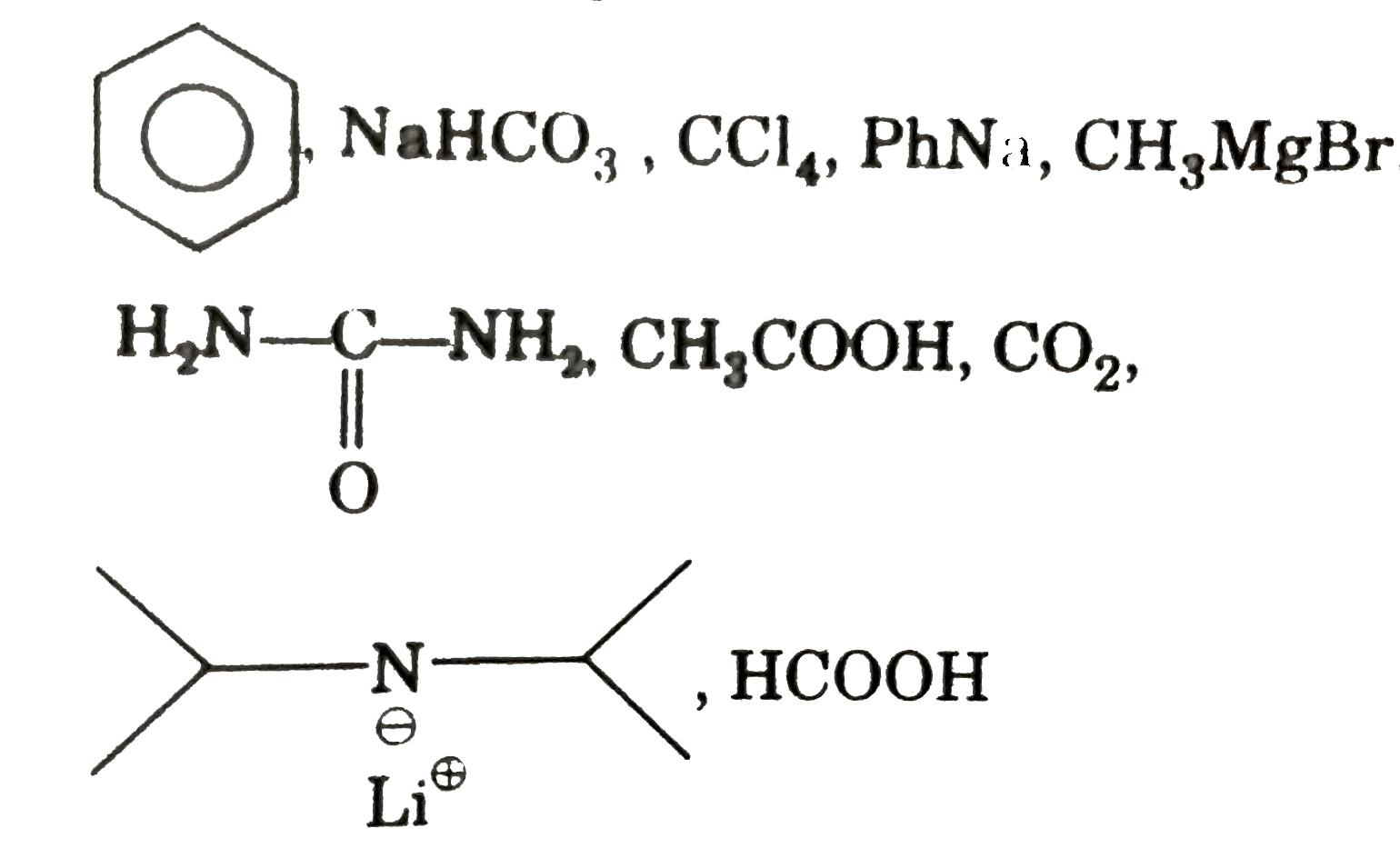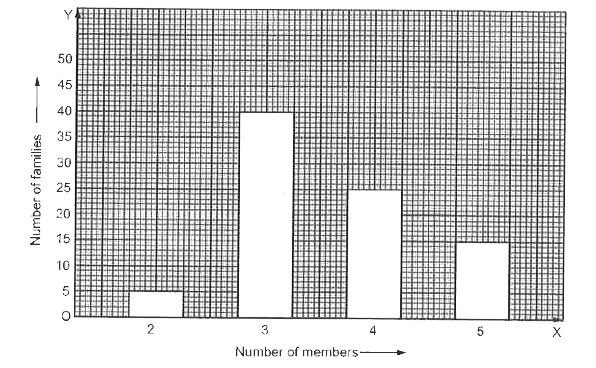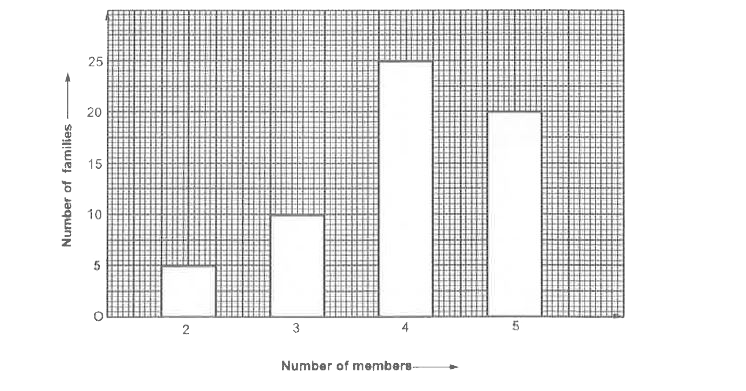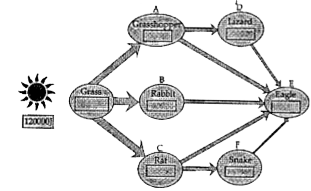Observe the list of organism given below:
arabidopsis , Caenorhabditis , Sunflower , Drosophila , Honey bee, Rice , Wheat , Human , Yeast
How many of the given organism genome has been completely sequenced ?
6
4
7
5
The correct Answer is:A
To determine how many of the given organisms have had their genomes completely sequenced, we will examine each organism in the provided list:
1. Arabidopsis: The complete genome was sequenced in 2000.
2. Caenorhabditis: The complete genome was sequenced in 1998.
3. Sunflower: The genome has not been completely sequenced.
4. Drosophila: The complete genome was sequenced in 2000.
5. Honey bee: The genome has not been completely sequenced.
6. Rice: The complete genome was sequenced in 2002.
7. Wheat: The genome has not been completely sequenced.
8. Human: The complete genome was sequenced in 2003 as part of the Human Genome Project.
9. Yeast: The complete genome was sequenced in 1996.
Now, let's count the organisms that have had their genomes completely sequenced:
- Arabidopsis: Yes
- Caenorhabditis: Yes
- Sunflower: No
- Drosophila: Yes
- Honey bee: No
- Rice: Yes
- Wheat: No
- Human: Yes
- Yeast: Yes
Counting these, we find that the following organisms have had their genomes completely sequenced:
1. Arabidopsis
2. Caenorhabditis
3. Drosophila
4. Rice
5. Human
6. Yeast
Thus, the total number of organisms with completely sequenced genomes is 6.
Final Answer:
6 organisms have had their genomes completely sequenced.
---
2. Caenorhabditis: The complete genome was sequenced in 1998.
3. Sunflower: The genome has not been completely sequenced.
4. Drosophila: The complete genome was sequenced in 2000.
5. Honey bee: The genome has not been completely sequenced.
6. Rice: The complete genome was sequenced in 2002.
7. Wheat: The genome has not been completely sequenced.
8. Human: The complete genome was sequenced in 2003 as part of the Human Genome Project.
9. Yeast: The complete genome was sequenced in 1996.
- Caenorhabditis: Yes
- Sunflower: No
- Drosophila: Yes
- Honey bee: No
- Rice: Yes
- Wheat: No
- Human: Yes
- Yeast: Yes
2. Caenorhabditis
3. Drosophila
4. Rice
5. Human
6. Yeast
6 organisms have had their genomes completely sequenced.
Topper's Solved these Questions
Similar Questions
How many compounds are organic compounds among the compounds given below ?

View SolutionIn a survey of 85 families of a colony, the number of members in each family was recorded and the data has been represented by the following bar graph
Read the bar graph carefully and answer the questions given below
Q (i) What information does the bar graph give
(ii) How many families have 3 members
(iii) How many people live alone
(iv) Which type of family is the most common? How many members are there in each family of this kind

View Solution
Knowledge Check
The genome of how many of the following organisms has been sequenced during HGP.
Human , Yeast , Drosophila , Honey bee , Rice , Wheat , Arabidopsis , Caenorhabditis.AFiveBSixCSevenDEightHow many organisms in the list given below are autotrophs?
AFourBFiveCSixDThreeIn the list of organisms given below, those that reproduce by the asexual method are
(i) banana (ii) dog
(iii) yeast (iv) AmoebaA(ii) and (iv)B(i), (iii) and (iv)C(i) and (iv)D(ii), (iii) and (iv)
In a survey of 60 families of a colony, the number of members in each family was recorded and the data has been represented by the bar graph given below :

Read the gar graph carefully and answer the fquestion
What information does the bar graph give ?
How many families have 3 members ?
How many coupies have no child ?
Which type of family is the most common ?
View SolutionFood chains and the energy flow within an ecosystem provide an important understanding of contingencies and mutual dependencies of organisms. The given below flow chart depicts the energy flow within some members of a grassland ecosystem. The grass in the below ecosystem transducer 120,000 J of sunlight and fixes it into 12,000 J of energy. It is established that 90% of the energy of one trophic level is not passed to the next trophic level. Further assume that the energy transferred from one trophic level to the next is equally shared among the different organisms at that trophic level.

How many food chains are present in the food web depicted above?
View SolutionIn the list of organisms given below, those that reproduce by the asexual method are
(i) dog (ii) banana. (ii) yeast.(iv) amoeba.
View SolutionHow many plants in the list given below are insect - pollinated plants ?
Sunflower , Coconut , water lily, water hyacinth , Vallisneria , Ophrys , papaya , cotton , Banana, Adansonia , Bombax ,Bamboo , wheat , Hydrilla .
View SolutionHow many plants in the list given below are polycarpic?
Wheat, Rice, Maize, Bamboo, Mango, Litchi, Guava, Lemon, Oranges.
View Solution